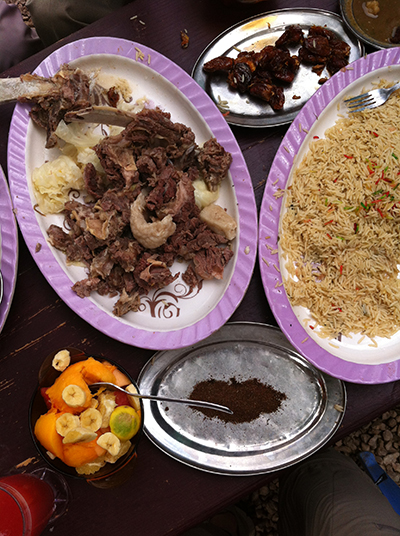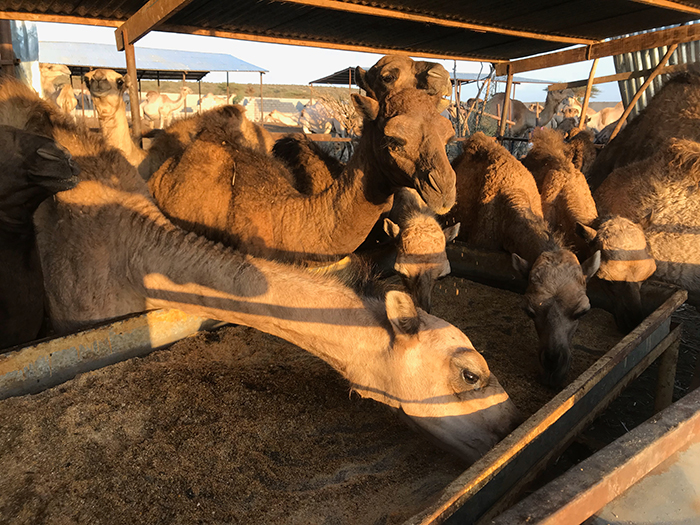Navigation auf uzh.ch
Navigation auf uzh.ch
Raphael Schwere

This thesis examines the transformation of human-animal relatedness under the conditions of a saddle period. In this transitional phase, characterized by a deep coalescence of past and present into a new era of human-animal relations, Somaliland’s camel experts today are actively grappling with changing modes of their relation with camels, while anticipating their future and thereby concurrently constructing their past.
On the basis of literature analysis and empirical data gathered through a triage of affective apprenticeship, participant observation and narrative interviews, the thesis explores three interaction contexts in three steps. Part One, ‘Camels as companions’, traces processes of constitution of relatedness through individual care and cooperation under altered herding circumstances. In Part Two, ‘Camels as livestock’, the course of commodification of the camel in the market is spatially and temporally contextualized. In Part Three, ‘Camels as substance’, I describe the disembodiment of the human relationship to the camel, through its slaughtering, processing and cooking, and the subsequent reconstitution of a symbolic relationship through camel meat consumption, alongside its singularization as national heritage.
Beyond camel orientalism and nostalgia, the thesis portrays a process of loss of animals, landscape, objects, knowledge and skills on the one hand, and explores the novel strategies, enskilment and new relatedness of Somalilanders to camels in these times of fundamental flux wrought by climate, environmental, political, economic and social change on the other hand. The in-depth ethnographic study renders visible how this iconic interspecies duo in Somaliland are jointly experiencing both the disappearance of its very particular camel world, and exploring its possible futures.
This thesis’s overall objective is to show, through the particular example of human-camel relatedness in Somaliland, how interspecies knowledgeability, skill, resilience and imagination shapes the handling of loss and the crafting of hope.
